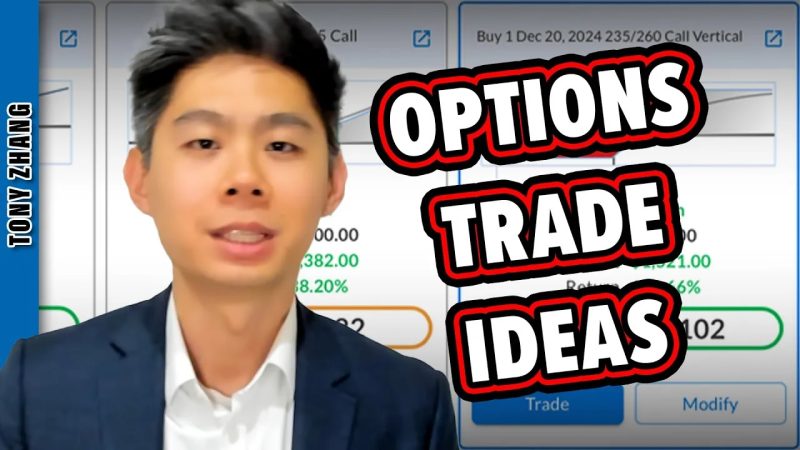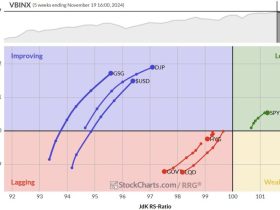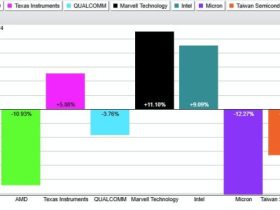In today’s fast-paced global market environment, staying ahead of the curve with informed macroeconomic strategies and trade ideas is essential for investors looking to maximize their returns and manage risks in an increasingly interconnected economy. With the ongoing evolution of global trade dynamics, geopolitical events, and economic indicators, investors need to remain vigilant and adaptive to capitalize on emerging opportunities and navigate potential challenges.
To effectively navigate the complex macroeconomic landscape and identify the best trade options, investors can consider a range of factors to inform their decision-making process. One strategy involves closely monitoring key economic indicators, such as GDP growth, inflation rates, and unemployment figures, to gauge the overall health and direction of different economies. By analyzing these indicators, investors can develop a better understanding of the underlying economic conditions and potential market trends that may impact their trading decisions.
Another crucial aspect of macroeconomic analysis involves tracking geopolitical events and policy developments that could influence market sentiment and drive asset prices. Events such as trade negotiations, geopolitical tensions, central bank announcements, and regulatory changes can have a significant impact on market volatility and create both risks and opportunities for investors. By staying informed on these developments and understanding their implications for different asset classes, investors can better position themselves to capitalize on shifting market conditions.
Furthermore, investors can benefit from considering macro trends and themes that are shaping the global economy and driving market movements. For example, trends such as technological innovation, demographic changes, climate change, and shifting consumer preferences can have far-reaching implications for industries and economies worldwide. By identifying and understanding these macro trends, investors can position themselves in sectors and assets that are likely to benefit from these structural shifts and potentially outperform the broader market.
When it comes to implementing trade ideas based on macroeconomic analysis, investors have a variety of options at their disposal. One common strategy is to use exchange-traded funds (ETFs) and options to gain exposure to specific asset classes or market themes efficiently. ETFs provide investors with a diversified portfolio of assets that track a particular index or sector, offering exposure to different markets with a single investment vehicle. Options, on the other hand, allow investors to profit from market movements and manage risk through strategies such as hedging and speculation.
In addition to traditional investment vehicles, investors can also explore alternative investment options, such as commodities, currencies, and real estate, to diversify their portfolios and potentially enhance returns. Commodities, such as gold, oil, and agricultural products, can serve as a hedge against inflation and provide exposure to different sectors of the economy. Currencies offer investors opportunities to profit from fluctuations in exchange rates and diversify their currency exposure. Real estate investments, including real estate investment trusts (REITs) and direct property ownership, can provide income and capital appreciation potential in a portfolio.
Overall, navigating the macroeconomic landscape and identifying the best trade options require a comprehensive and disciplined approach that takes into account economic indicators, geopolitical events, macro trends, and various investment strategies. By staying informed, proactive, and adaptable, investors can position themselves to capitalize on opportunities, manage risks effectively, and achieve their investment goals in a dynamic and ever-changing market environment.











